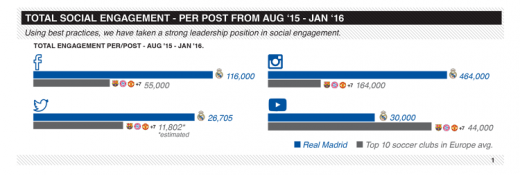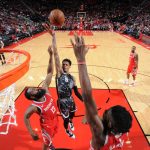Inside Real Madrid’s Game Plan For Digital Domination
Even if you’ve never watched a minute of soccer, chances are you still know Real Madrid. The Spanish team is not only one of the winningest, most successful clubs in all of world football, it’s also the richest sports team on the planet. And like all of the world’s major brands, the club has identified digital and social innovation as the future of its growth.
The team is currently fighting on the pitch through La Liga and the Champions League, but despite individual wins or losses, the club is playing the long game when it comes to worldwide fan domination. Over the last year, the club has brought on digital strategy agency Rebel Ventures, which also works with teams such as the Boston Red Sox, Liverpool Football Club, the Golden State Warriors, and more, and forged close ties with the likes of Facebook, Snapchat, Twitter, and others to put itself at the cutting edge of these platforms. So far, it seems to be working.
In an exclusive to Co.Create, Real Madrid has revealed its key social metrics from over the past two years. Over that time, the club’s digital operations team has grown from 3 to 20 people. The stat details are in the slide show above, but highlights include more than 143 million followers across its digital platforms. As a brand, it enjoys a luxury even companies like Nike, Adidas, or Coca-Cola do not—a massive, incredibly passionate global audience, waiting to ravenously consume whatever content it can serve up. Between August 2015 and January 2016, the club’s Facebook video views were up 247%, with more than 437 million views. When it launched on Snapchat, it attracted more than 480,000 subscribers in three months.
Global head of digital Rafael de los Santos and Rebel Ventures’ CEO Craig Howe sat down to discuss the club’s strategy for digital transformation.
“We are a football team, but we are also a brand and a company,” says de los Santos. “We are a content provider. We do it on a weekly basis, every time we play a game, which is the most important content we make. But after the game is over, we have more content that people can consume whenever, and wherever they want.”
Three Channels, One Goal
The goal behind all Real Madrid’s social media is to make its digital content operation into a revenue generator for the club. De los Santos breaks it down into three key channels. First-party channels such as the app are fully owned by Real Madrid, while secondary channels—such as the online store, ticket sales, and Real Madrid-branded mobile games—all have the logo but are operated by other companies. Third-party channels are those in which Real Madrid has an official account but doesn’t own, such as Facebook, Twitter, Instagram, Snapchat, and all the other social media.
“The core thing is knowing our fans better and getting as much information about them as we can,” says de los Santos. “Having this information benefits how we communicate with them, but also what we offer them, how we present our sponsors to them, and how we bring value to them, how we tailor our content to each platform.”
In just the last year and a half, the importance and stature of social channels even within sponsor contracts has grown along with the club’s digital ambitions. “The number of lines in the first contract I saw related to social channels was maybe a paragraph in the entire contract,” says de los Santos. “Nowadays, the latest contract I’ve looked at had 20 pages outlining how this sponsor wanted to be treated or integrated within our social channels. That’s how much it’s changed.”
Howe says that for social channels there are two forms of revenue: direct and indirect. “We’re hoping to start monetizing video across all social networks—we get more than 150 million views on Facebook alone—Twitter Amplify, Snapchat Global Stories, they’re all direct forms of revenue that we’re already involved with,” says Howe. “Then indirect revenue, how do we support internal business functions within the club, like selling shirts, and Real Madrid’s museum is also the second most-visited museum in Spain. How do we sell more tickets to the tour? More primary and secondary game tickets? And how do we drive higher revenue from our sponsor partners in social?”
Quality Over Quantity
When putting together the new strategy with Rebel, the club looked at various metrics and types of consumption, and three things stuck out. First, more isn’t always better.
“Many sports teams post 10 to 15 times a day on Instagram,” says Howe. “The first thing we did was go a couple of days without posting, and we found that we’d grow more on days we didn’t post than on days we posted 10 to 15 times. So the club worked really hard to find the right cadence for that platform, and we now post no more than once or twice a day.”
Second, when they looked at the club’s top social posts over a four-month period, five of them had nothing to do with Real Madrid’s first-team football. “You get to a point where your content can be someone bungee jumping in Switzerland wearing a Real Madrid shirt, that’s every bit as interesting to the fan base as Cristiano Ronaldo scoring a ridiculous goal in practice,” says Howe. “It’s all about how you’re creating this massive halo effect around the brand.”
And third, the steep rise of social video. “The numbers that we’re generating, mostly on Facebook but quickly catching up on Snapchat, are unbelievable,” says Howe. “When you’re doing 3 million views in 24 hours on a 15-second clip from practice, you’re seeing a massive shift in how people are consuming social content.”
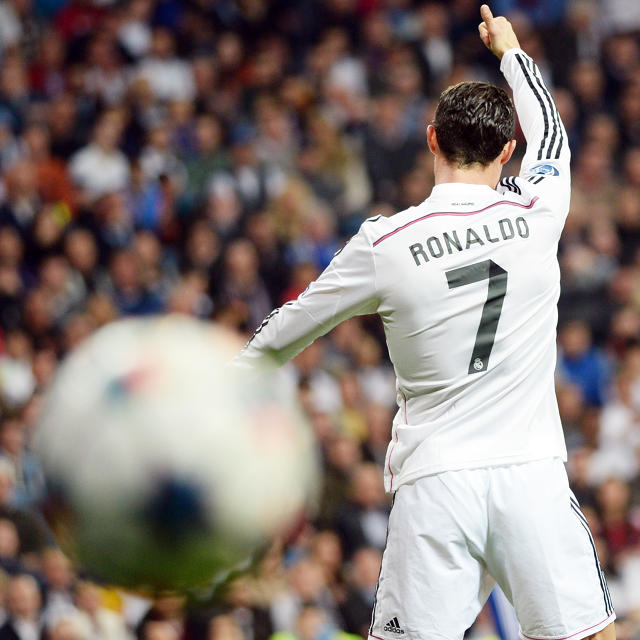
Platform Partners
Real Madrid was the first sports team to use Facebook 360 video. De los Santos credits close ties with each platform for the brand’s ability to keep its content as relevant as possible. “The presence of Real Madrid on social media to a pretty big extent, and the assets of social media, are in the States—Facebook, Twitter, Snapchat—they’re all here,” says de los Santos, explaining why it teamed up with Rebel Ventures. “So we needed a partner with a relationship with all of these channels, allowing us to be on the edge of these technologies and knowing what is coming next. [These platforms] are changing rapidly, and we wanted to be immediately aware of the things they’re putting into the market, to be a showcase for them.”
And Snapchat’s Juan David Borrero says that works both ways. Real Madrid was the first sports team to use Snapchat’s Official Stories feature, which is a kind of verified status for celebrities and brands. “Broadly, they’re doing a great job of creating content that really resonates, being able to lift the veil on the institution of Real Madrid has been really interesting,” says Borrero. “For us, it’s great to work with a very established brand like Real Madrid—because of it, we get contacted by other teams. So as we continue to expand internationally, obviously sports and specifically soccer are really important for that.”
Robert Rodriguez, sports partnerships manager for Facebook, says Real Madrid has a fearless approach to innovation on its platform, and has embraced a host of new products that bring their fans behind the scenes and closer to the action. “The club leverages Facebook Live and 360 vVideo to create some amazing content, which draws a massive audience on the platform,” says Rodriguez. “Live video of Real Madrid’s warm-up ahead of a recent match with Eibar had more than a million views on Facebook in just two hours. For one of the world’s most storied clubs to run with Facebook Live in a big way truly speaks to their willingness to bring their fans the type of content they want.”
Different Country, Different Content
Less than 3% of Real Madrid’s 87 million Facebook fans are located in Spain. The country with the most of the club’s Facebook fans is Indonesia. Obviously a global brand needs to tailor its content to international audiences, but often this means simply translating everything into several languages. For Real Madrid, whose biggest growth areas are the Middle East, Asia, Latin America, and the U.S., whether it’s on social media or within it’s own app, it goes beyond language to the content itself.
“The fan base is very fragmented, so we try to reach all of our fans in their own language, which has been reflected in the club, hiring new people to manage these accounts in different languages with two English-speaking community managers, two Spanish speakers, two Chinese, one Japanese, two Arabs, and one French, so we’re growing quickly in that respect,” says de los Santos. “But the content can be completely different in Colombia, where most people will be watching James [Rodriguez] content because he’s Colombian, compared to a fan in Wales or England who may be more interested in Gareth Bale. That is the kind of company we are more than anything, which is a global media company.”
For Howe, that is the biggest challenge, to make sure the club keeps pace not only with the competition on the pitch, but also with the technologies and consumer trends that engage its fan base. “The scary part of this is that every facet of the sports business is trying to become a media or content company,” says Howe. “You’ve got the broadcasters, the leagues, the teams, and even the players themselves. When you have every part of the sports ecosystem trying to establish themselves as media companies, you want to be able to get there first and plant a flag, to build a foundation for a leadership position. That’s why Real Madrid [is] working really hard to get in that position.”
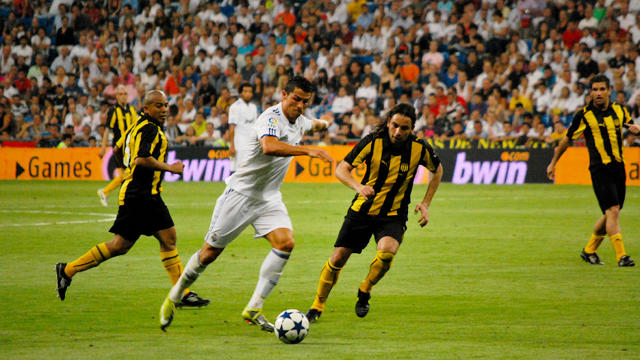
A Marathon, Not A Sprint
Despite the daily battles to create new, engaging content, and keep up with new technology, de los Santos says one of the most significant challenges in establishing the foundation for Real Madrid’s digital future is to remember it doesn’t come fast or easy.
“This transformation process isn’t something where you go to bed one night and then the next day you’re transformed,” he says. “It’s an ongoing process that will take time, and explaining this inside the organization, and getting the club to make a real investment in these digital initiatives, has been one of the biggest challenges. We’ve been partnering with Microsoft in all this and it’s been very helpful, to make the organization understand the importance of this process, and be aware that it’s not a quick fix. It will take time, but hopefully it will have us ready for the years to come.”

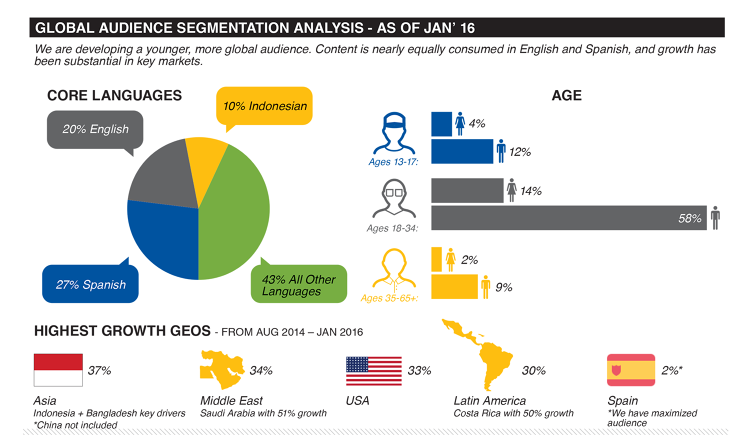
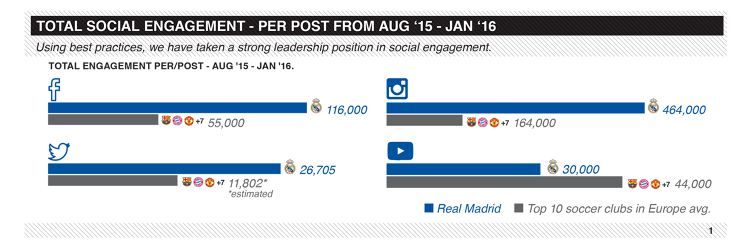
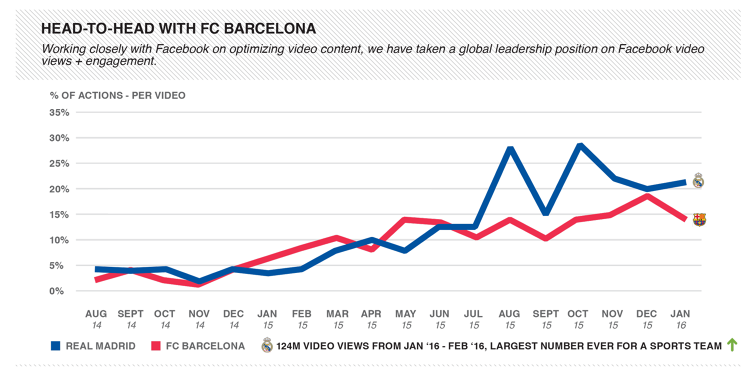
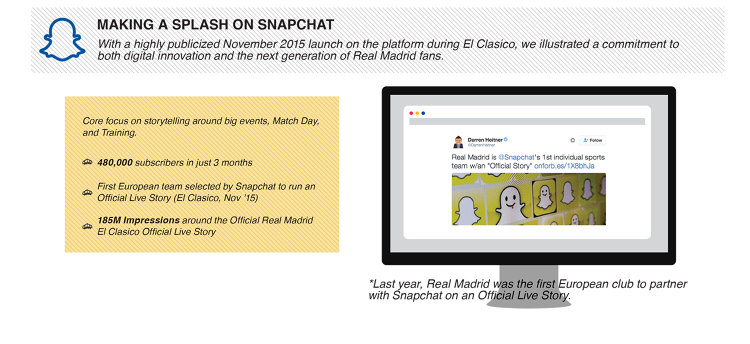
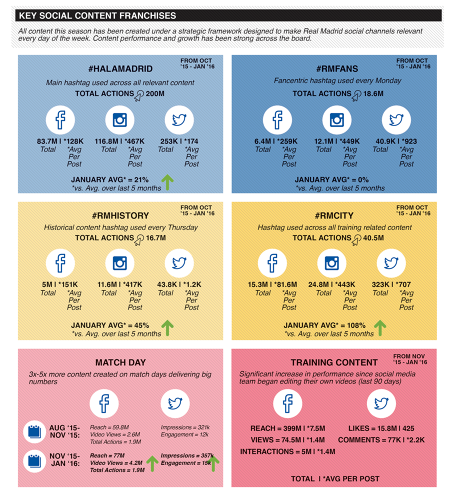
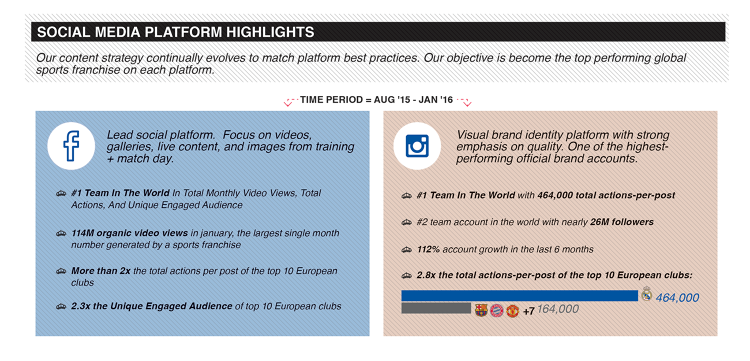
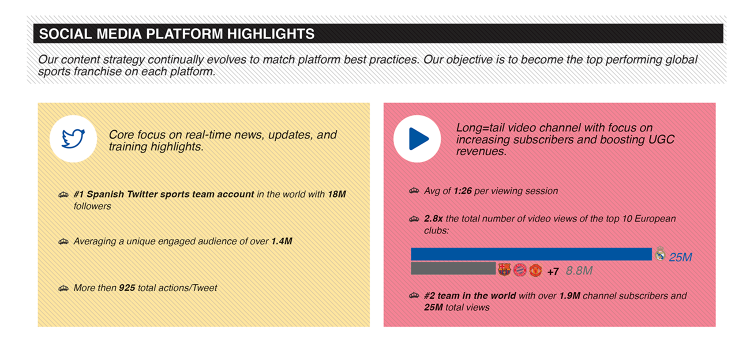
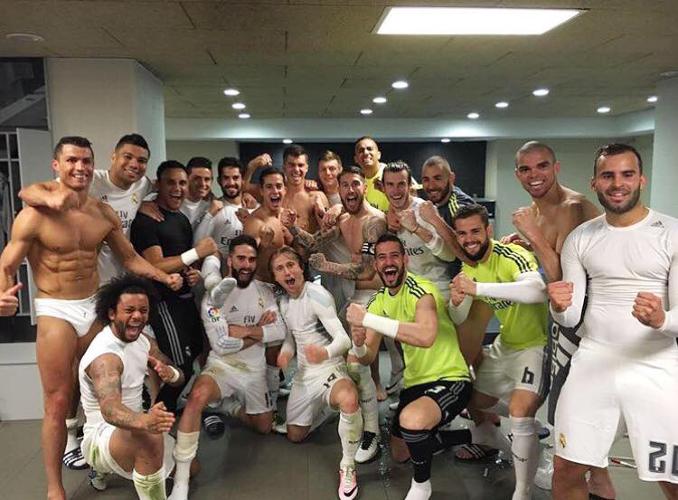
Fast Company , Read Full Story
(27)

